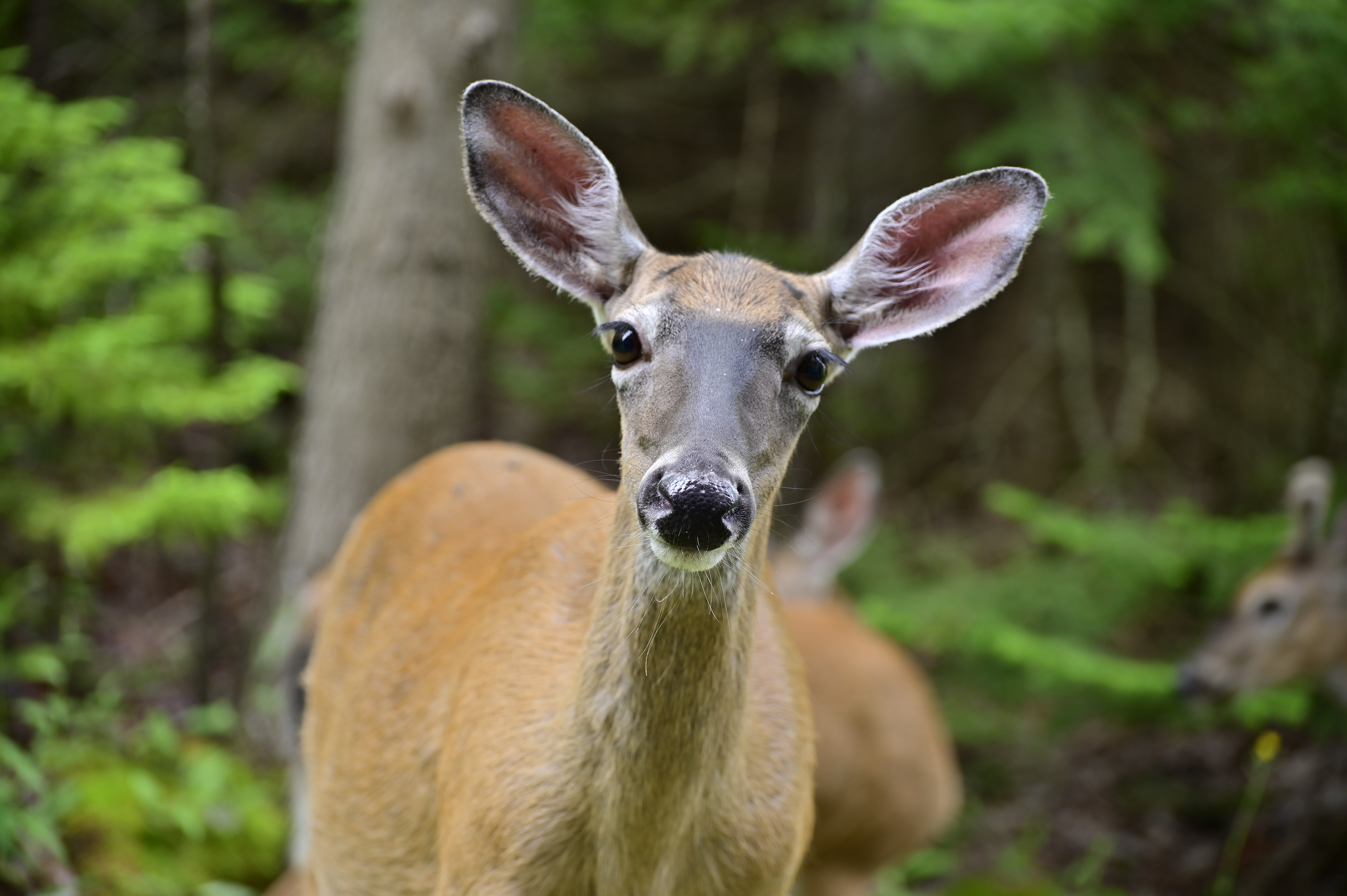Media release
From:
Epidemiology: SARS-CoV-2 infection in North-American wild deer
The detection of SARS-CoV-2 in more than 35% of 360 white-tailed deer (Odocoileus virginianus) tested in northeast Ohio, USA, is reported in Nature this week. At least three viral lineages from humans were found in the animals alongside evidence of deer-to-deer transmission. These findings suggest that deer may be a reservoir for SARS-CoV-2 that could facilitate the emergence of new variants.
Infections with SARS-CoV-2 linked to human exposure have been reported in domestic animals, such as cats and dogs, wildlife under human care, such as mink, and limited numbers of free-ranging wildlife. The extent of susceptible host species and potential new reservoirs — in which the virus can reproduce, evolve, and potentially spill back to the human population — is not fully understood.
From January to March 2021, nasal swabs obtained from 360 white-tailed deer across 9 sites in northeast Ohio were tested using real-time, reverse-transcriptase PCR. Of these animals, 129 tested positive for SARS-CoV-2 infection, Andrew Bowman and colleagues report. In four of the locations, deer were infected by the B.1.2 group of viruses, a lineage that was dominant in humans in Ohio at the time. Evidence for six human-to-deer transmission events was observed through analyses of the evolutionary relationships of viral lineages. In addition, mutations to the viral spike protein that are not commonly seen in human infections were observed in some samples, which suggests that deer-to-deer transmission may have occurred. Because of the low availability of sequencing data, it is not possible to determine whether these mutations have been passed onto other deer.
The finding that white-tailed deer are susceptible to SARS-CoV-2 infection demonstrates the capacity for the virus to be transmitted into wildlife. No spillback into humans was observed, but the results suggest that there may be potential for new SARS-CoV-2 variants to arise in animal reservoirs and alter the evolution of the virus. More monitoring of wildlife is needed to understand the transmission and evolution of SARS-CoV-2, the authors conclude.



 International
International



